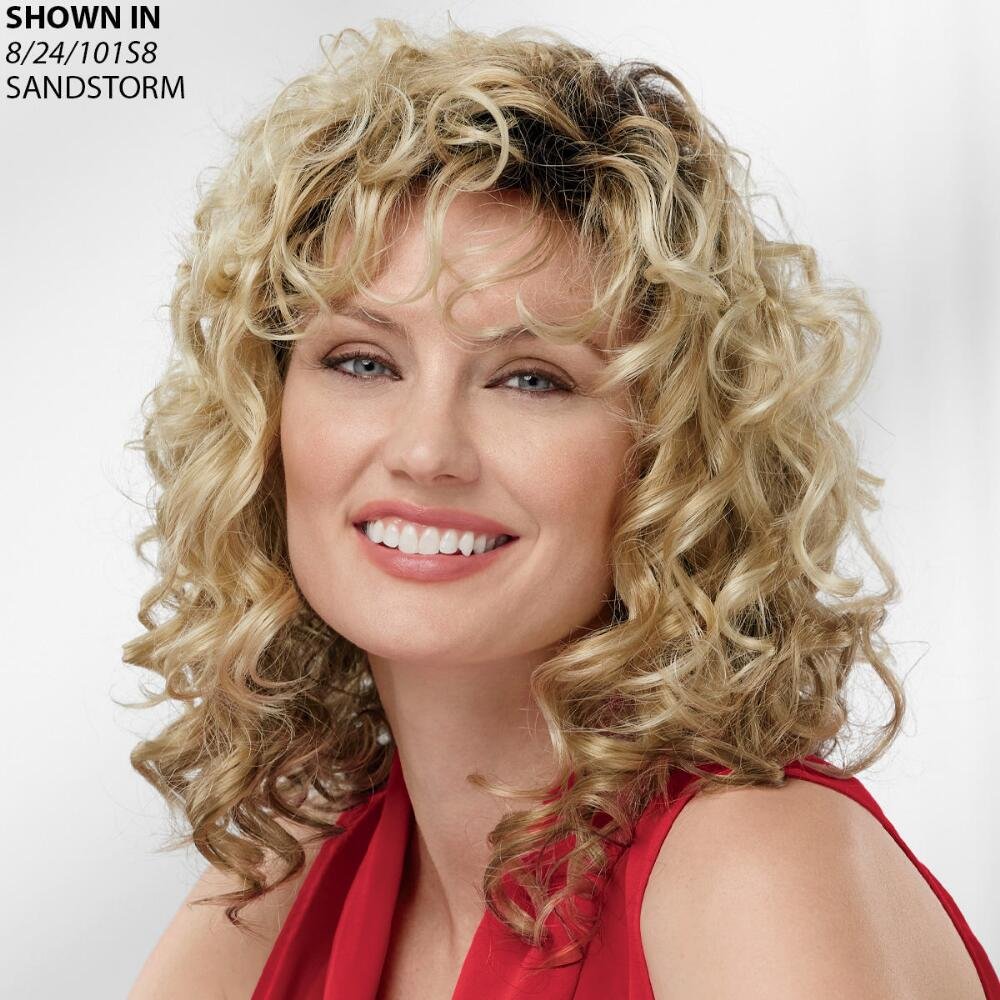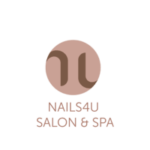Wavy hair is often celebrated for its versatility and natural beauty. With the perfect blend of curls and straight strands, wavy hair can be styled in countless ways, from beachy waves to elegant updos. However, not all wavy hair is created equal. Understanding your specific wavy hair type can help you choose the right products, styling techniques, and care routines that work best for your unique texture. In this complete guide, we’ll explore the various wavy hair types, how to identify your hair type, and tips for maintaining beautiful waves.
1. Understanding Wavy Hair Types
Wavy hair typically falls into three main categories, often classified by the hair’s texture and wave pattern:
Loose Waves (Wavy Hair Type 2A)
- Characteristics: This type features soft, loose waves that lie close to the head. The waves are not too defined and have a slightly tousled look.
- Texture: Usually fine to medium in texture, Type 2A hair can be easily straightened or curled.
- Maintenance: This hair type requires lightweight products to avoid weighing down the waves. A light mousse or texturizing spray can enhance the natural wave.
Defined Waves (Wavy Hair Type 2B)
- Characteristics: Type 2B hair has more defined waves with a slightly frizzier appearance. The waves start further up the hair shaft and create a more voluminous look.
- Texture: This hair type is typically medium in texture and can hold styles better than Type 2A.
- Maintenance: To combat frizz, use a smoothing serum or cream and consider a diffuser when blow-drying to enhance the natural wave pattern.
Tight Waves (Wavy Hair Type 2C)
- Characteristics: This type features tighter, more defined waves with a pronounced S-shape. The waves can be chunky and are often more resilient to styling.
- Texture: Usually medium to thick in texture, Type 2C hair has a good amount of volume and can be prone to frizz.
- Maintenance: Heavy creams and oils work well for this hair type to maintain moisture and define the waves. A leave-in conditioner can also be beneficial for managing frizz.
2. Identifying Your Wavy Hair Type
To determine your specific wavy hair type, consider the following steps:
Wash Your Hair
Start with freshly washed hair without any styling products. This allows you to see your natural wave pattern without interference from products.
Let It Air-Dry
After washing, let your hair air-dry completely without using heat. This will help you observe your natural waves in their true form.
Analyze the Waves
Once your hair is dry, look at the wave pattern. Check where the waves start, their definition, and the overall texture. This analysis will help you categorize your hair into one of the three types.
3. Caring for Wavy Hair
Once you’ve identified your wavy hair type, it’s essential to adopt a care routine tailored to your specific needs. Here are some tips to help you maintain beautiful waves:
Cleansing
- Use Sulfate-Free Shampoo: Opt for a gentle, sulfate-free shampoo to cleanse without stripping moisture.
- Wash Less Frequently: Washing your hair 2-3 times a week can help maintain its natural oils and prevent dryness.
Conditioning
- Deep Conditioning Treatments: Incorporate deep conditioning treatments to nourish and hydrate your waves. Look for products containing ingredients like shea butter or coconut oil.
- Avoid Heavy Conditioners: Choose lightweight conditioners to avoid weighing down loose waves.
Styling
- Use the Right Products: Depending on your hair type, select products designed for wavy hair wigs. Mousse, sea salt spray, and curl-enhancing creams can work wonders.
- Avoid Heat Styling: Limit the use of heat-styling tools to prevent damage. Embrace your natural waves and use heat protectants if you choose to style with heat.
Drying Techniques
- Microfiber Towel: Gently blot your hair dry with a microfiber towel or an old cotton T-shirt. This helps reduce frizz and breakage.
- Diffuser for Defined Waves: If you blow-dry your hair, use a diffuser to enhance your waves while minimizing frizz.
4. Embracing Your Waves
Wavy hair is a beautiful and dynamic texture that deserves to be celebrated. By understanding your specific wavy hair type, you can create a customized hair care and styling routine that enhances your natural beauty. Embrace your waves, experiment with different styles, and find the products that work best for you. Remember, confidence is the best accessory, so wear your wavy hair with pride!
Conclusion
Wavy hair is versatile and beautiful, but understanding your specific hair type is essential for achieving the best results in styling and care. Whether you have loose, defined, or tight waves, tailoring your routine to your unique texture will help you maintain healthy, gorgeous waves. By following the tips outlined in this guide, you can discover and embrace your wavy hair type, making it an integral part of your personal style. Celebrate your waves and let them shine!



